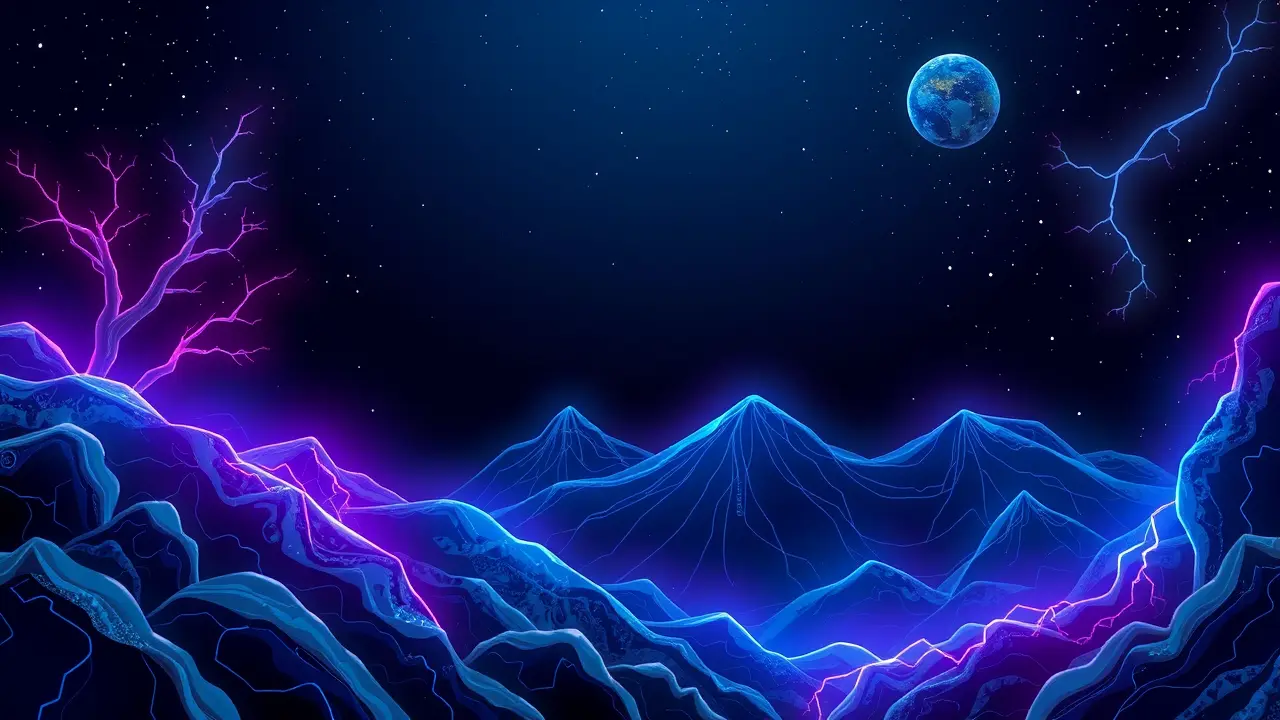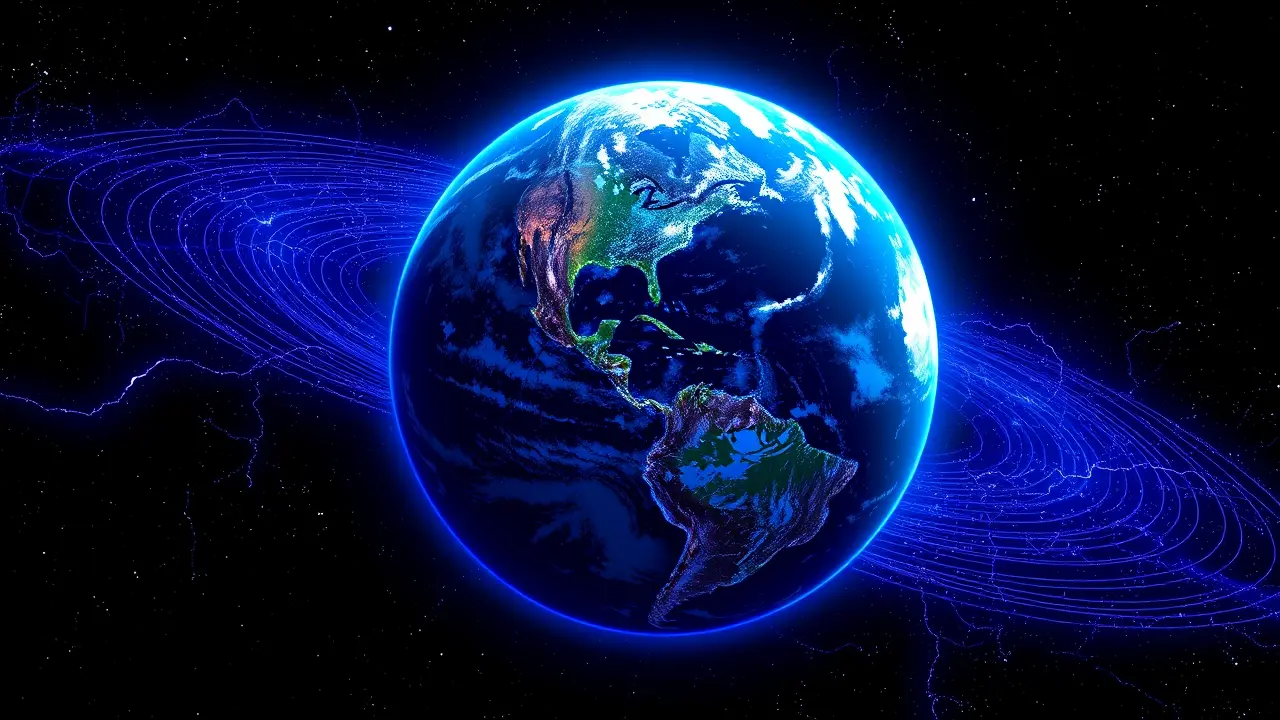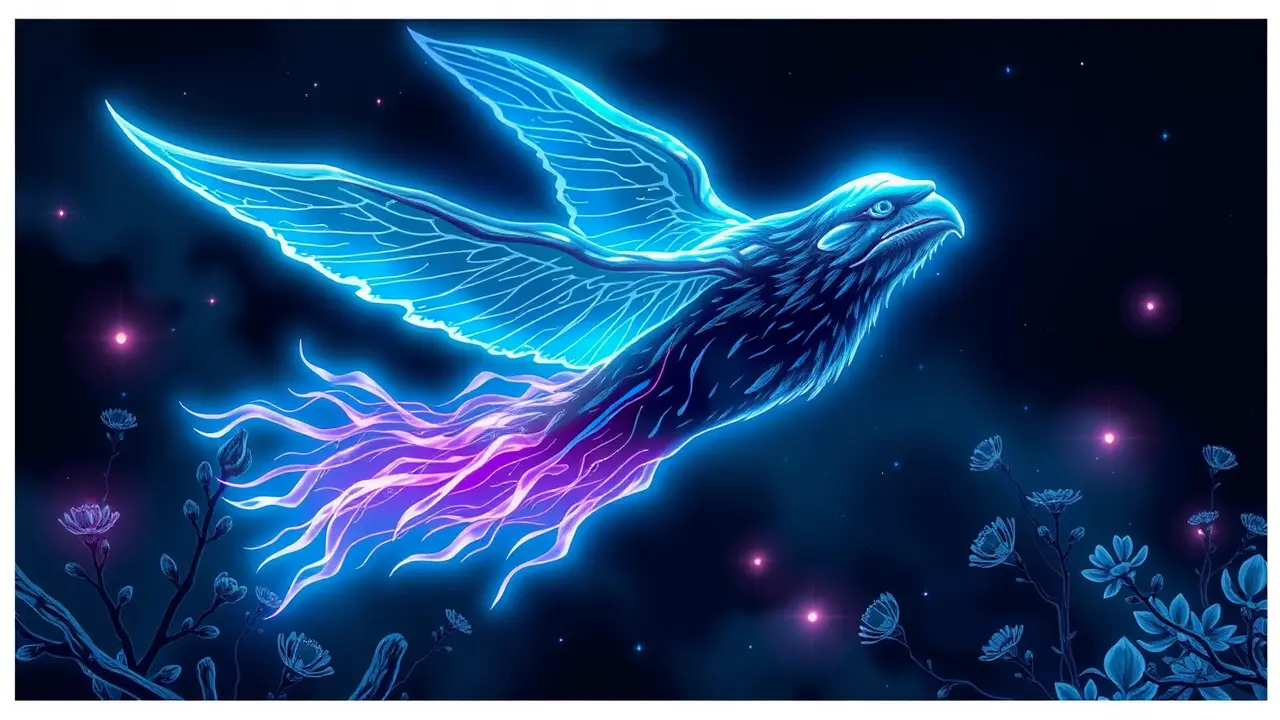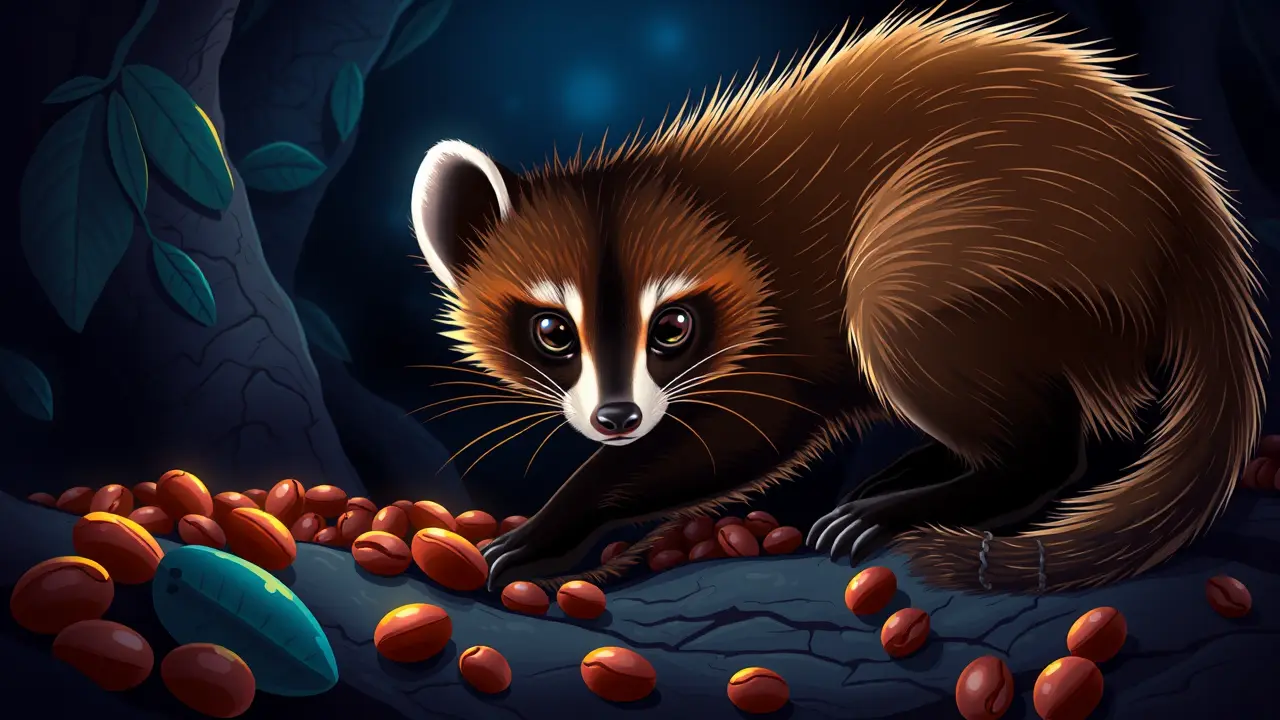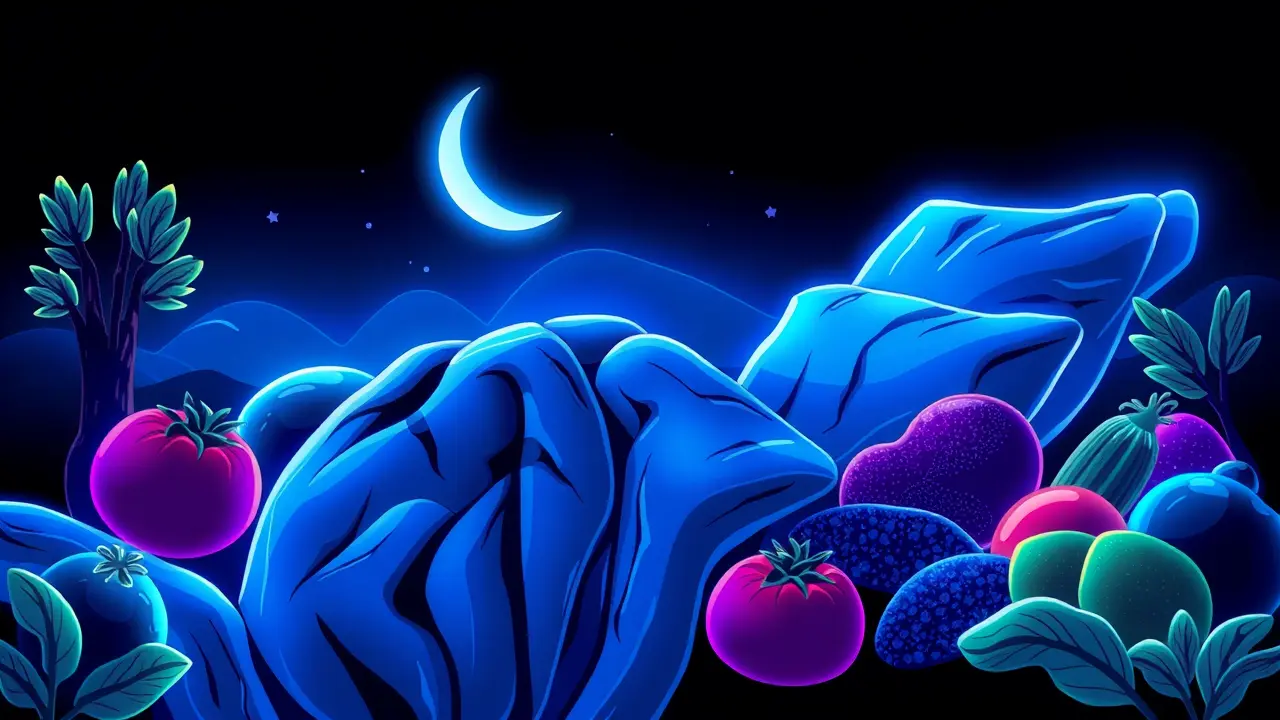
Sciencespace & astronomySatellites and Telescopes
James Webb Telescope Captures Red Spider Nebula's Dying Star
TH
Thomas Green
10 hours ago7 min read3 comments
The cosmos has just served up another breathtaking spectacle, courtesy of humanity's most powerful eye on the sky. The James Webb Space Telescope, our billion-dollar window to the universe, has trained its Near-InfraRed Camera (NIRCam) on the Red Spider Nebula, a sprawling celestial cloud some 3,000 light-years away in the constellation Sagittarius, and the resulting image is nothing short of a stellar eulogy captured in radiant light.This isn't just a pretty picture; it's a front-row seat to the violent, beautiful, and inevitable end of a star's life cycle. The central star, a white dwarf, is the superheated corpse of what was once a sun-like star, and it's now unleashing a ferocious onslaught of stellar winds, sculpting the intricate, arachnid-like lobes of gas you see in the image.These winds, screaming outward at millions of miles per hour, are what carve the delicate filaments and prevent the nebula from simply ballooning into a formless bubble, a process akin to a cosmic sculptor meticulously chiseling a masterpiece from a block of marble. The star's intense ultraviolet radiation makes the surrounding hydrogen gas glow with that characteristic red hue, while the greenish-blue regions highlight the presence of doubly ionized oxygen, a testament to the extreme physical conditions.Think of the Hubble Space Telescope's previous views of this nebula as a sketch; Webb's infrared vision, piercing through obscuring cosmic dust, delivers the high-definition, IMAX version, revealing structures and complexities we never knew existed. This observation is more than a photo op; it's a crucial data point in understanding the fate of our own Sun.In about five billion years, our local star will swell into a red giant, engulfing Mercury, Venus, and likely Earth, before shedding its outer layers to form its own planetary nebula, leaving behind a white dwarf core that will slowly cool over trillions of years. The Red Spider Nebula, therefore, is a prophetic glimpse into our solar system's ultimate destiny.Furthermore, the processes observed here are fundamental to galactic chemistry; the death of such stars seeds the interstellar medium with heavy elements like carbon, nitrogen, and oxygen—the very building blocks of planets and, ultimately, life itself. We are, quite literally, stardust, and images like this from Webb are helping us trace our own cosmic ancestry. This continuous cycle of stellar death and rebirth is what makes the universe a dynamic, evolving entity, and with each new image, the James Webb Space Telescope is not just showing us what's out there; it's reminding us of our profound and intimate connection to the vast, expanding cosmos.
#featured
#James Webb Space Telescope
#Red Spider Nebula
#dying star
#NIRCam
#astronomy
#space imagery
Stay Informed. Act Smarter.
Get weekly highlights, major headlines, and expert insights — then put your knowledge to work in our live prediction markets.
Related News
© 2025 Outpoll Service LTD. All rights reserved.
